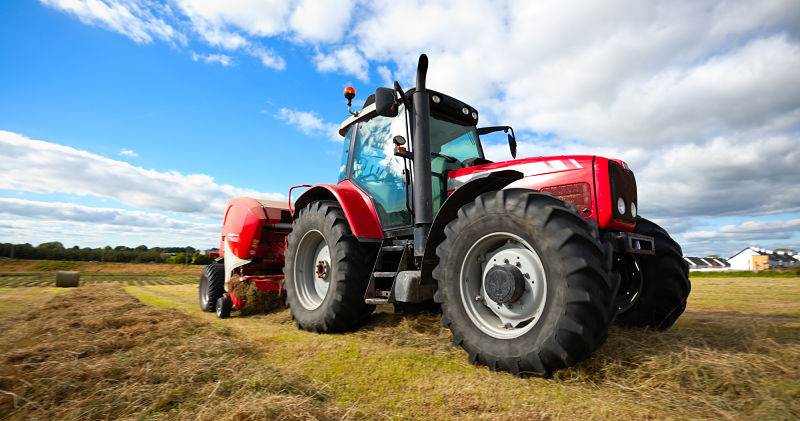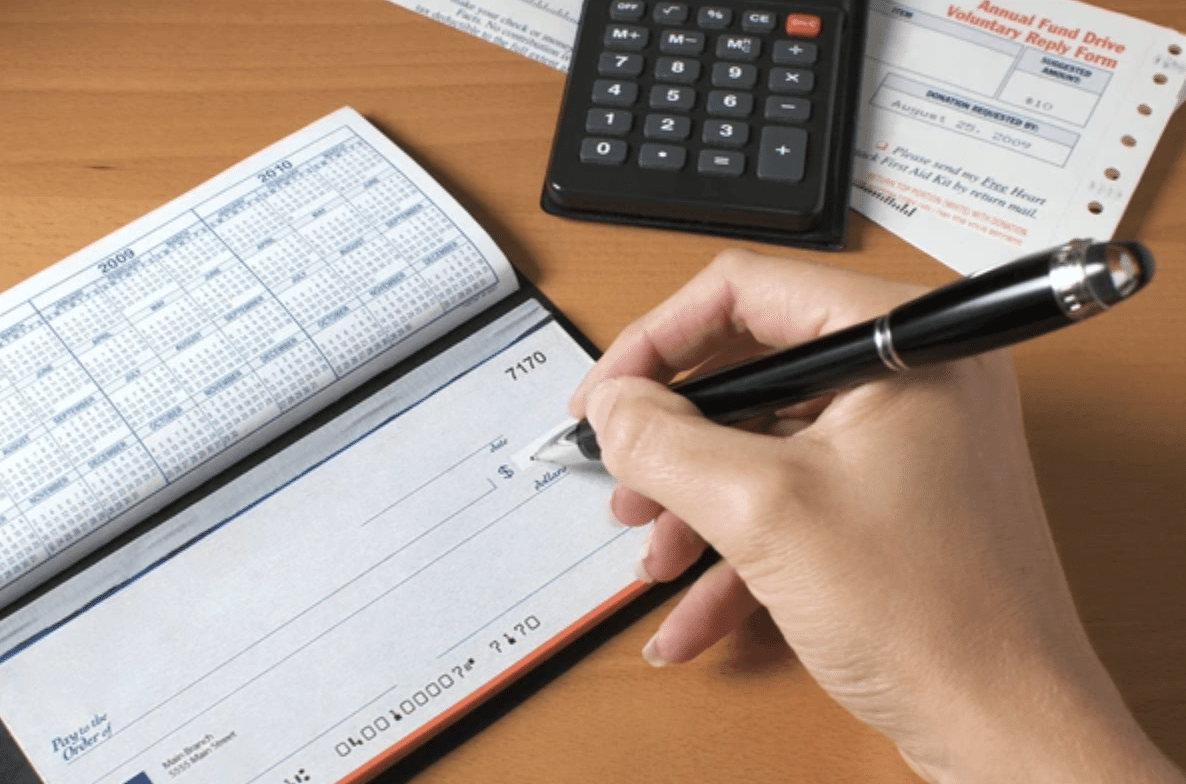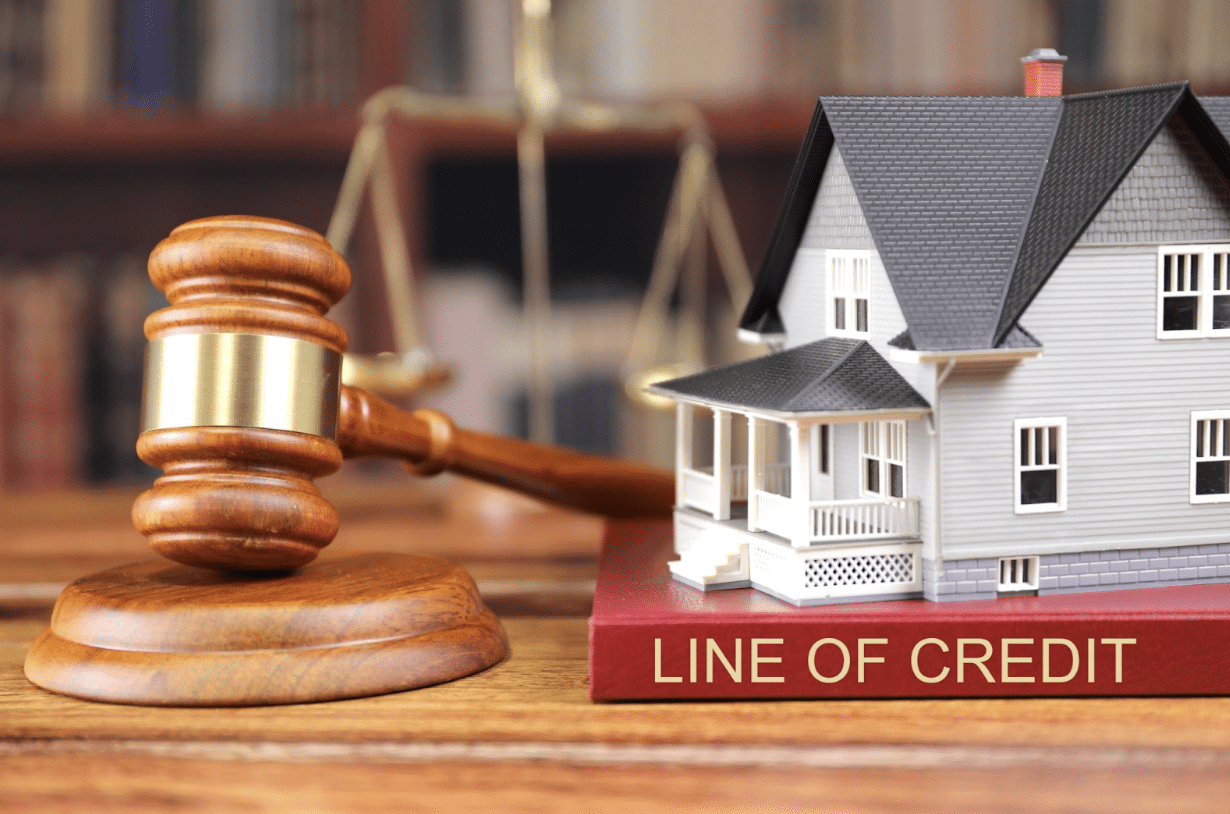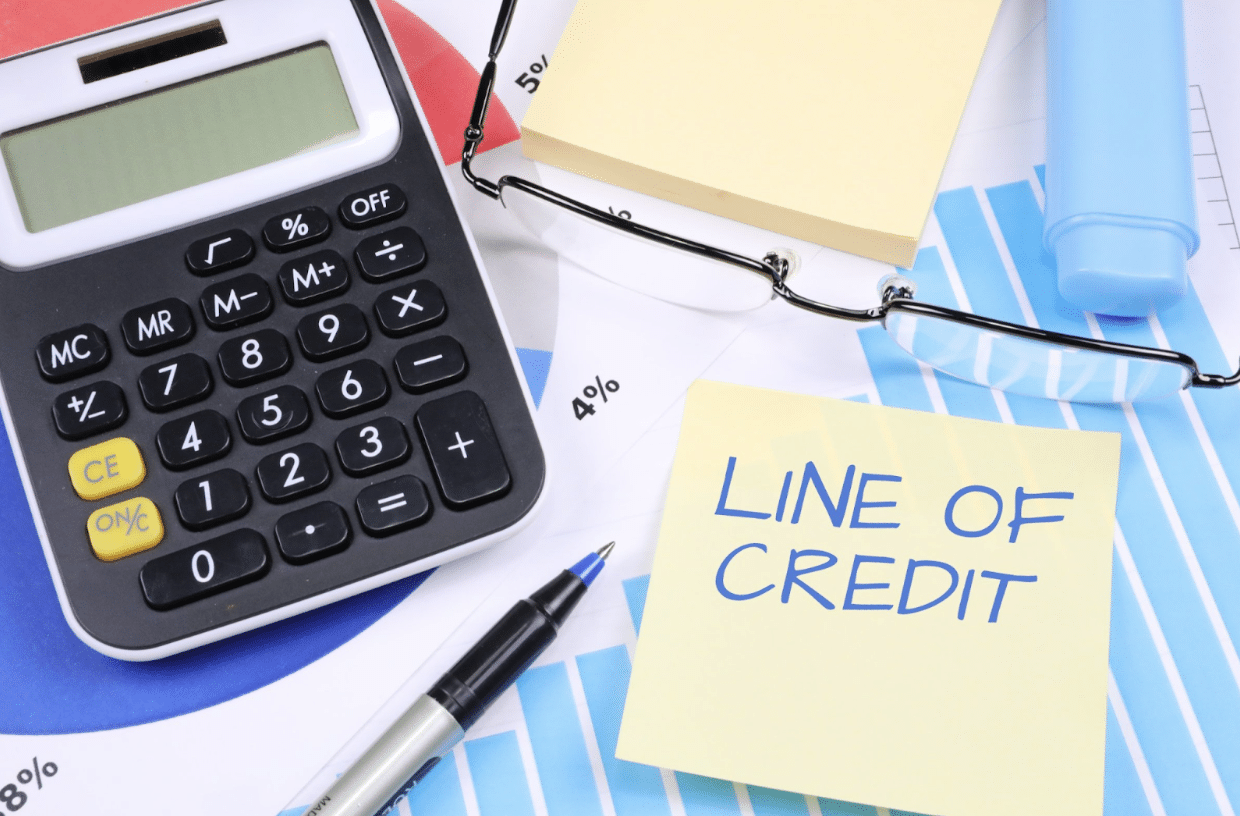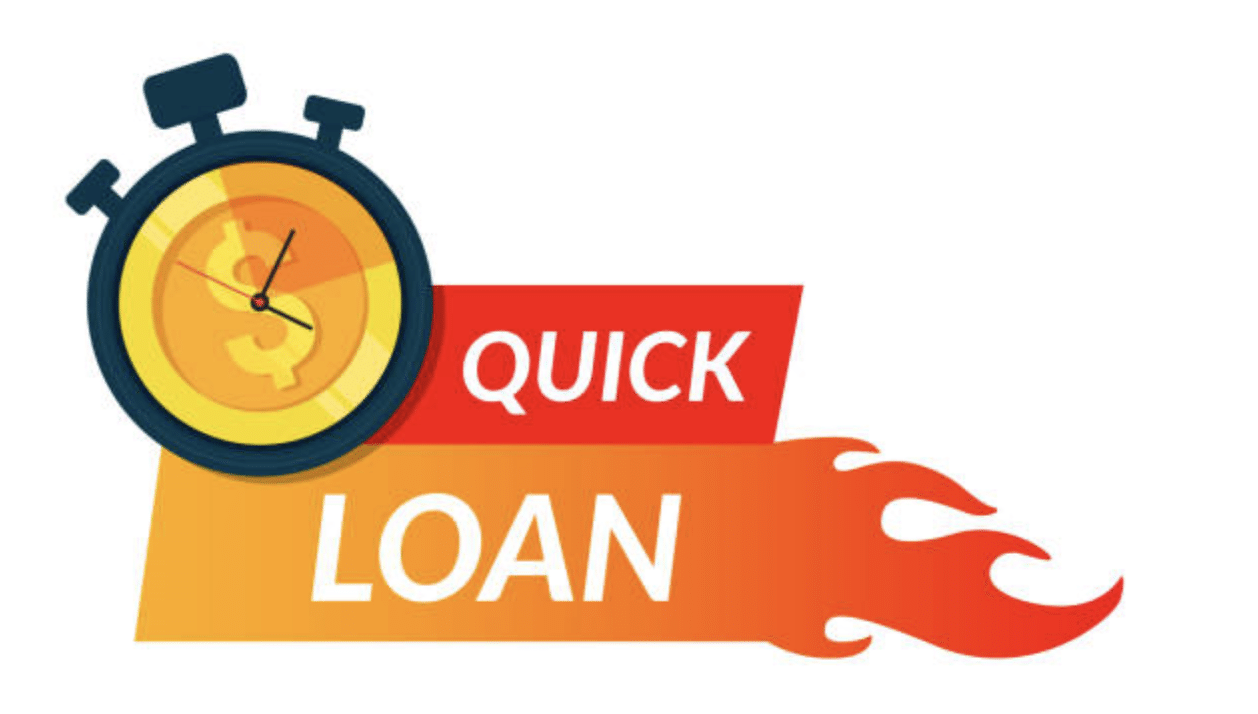A broad spectrum of customers either finance or lease equipment for business or personal use. And the list of the variety of equipment available is seemingly endless. The determining factors of whether to lease or finance equipment include a) who is the customer b) what the equipment is needed for and c) how long or how often it will be used. Popular equipment brands include Cat, John Deere and Kubota.
Topics:
- Types of Equipment
- Financing Equipment vs Leasing Equipment
- Financing and Leasing Options
- Equipment Trivia
Types of Equipment
Equipment that is available to rent or purchase can run from small appliances like coffee makers or hand tools-to monster sized machinery capable of excavating huge sections of the earth. Often, the equipment needed can be utilized in either residential or commercial use. For instance, there are a small percentage of expert do-it-yourself homeowners who handle mammoth machinery with the same ease as using an electric toothbrush.
The majority of DIY homeowners tend to lease equipment needed for a specific task. Companies tend to buy equipment that is used in the course of doing business for example truck financing for new trucks, but they also opt to lease as they deem necessary for several reasons. See our list of the top Farming equipment manufacturers in Canada.
A few types of equipment used in residential and industrial applications:
Construction machines, such as:
- bulldozers
- excavators
- backhoes
- trenchers
- graders
Landscaping equipment, including:
- stump grinders
- commercial mowers
- trucks or other transportation to haul away yard waste
- tillers
- leaf blowers
Exercise equipment, like:
- elliptical machines
- weights and other strengthening equipment and accessories
- treadmills
- stair climbers
- punching bags
Office machines, among which are:
- fax machines
- scanners
- copiers
- printers
- computer systems
Hospitality and convenience items include:
- ice machines
- cash registers
- indoor/outdoor furnishing
- refrigerators
- audio/video equipment
Financing Equipment vs Leasing Equipment
In general, businesses that either need equipment, already have equipment but need working capital, or companies just starting up are best suited to finance. Some machinery can serve its purpose well even if purchased used, which can save money. For those that choose to lease equipment, a contract known as a closed end lease with no balloon payment at the end is a good choice.
There are disadvantages that business owners or individuals should be aware of when they consider whether to buy or rent equipment.
A few pros of financing equipment:
- foreseeable monthly payments
- financing equipment builds credit for the business
- eventual ownership of the equipment
- equipment is good collateral
- many lenders require less documentation since the equipment is collateral for the loan
- potential for tax benefits
Compared to pros of leasing equipment:
- usually no money down
- no collateral required in many instances
- option to either renew or end a lease contract when it expires
- can trade equipment for newer model at end of lease
- choice of purchasing the equipment at fair market value when lease ends
- repairs usually made by the company that leases the equipment
Cons of financing equipment:
- equipment becomes outdated before its paid off
- possible unfavorable loan terms if less than perfect credit
- down payments can be high
- responsible for all maintenance costs
- must pay for repairs
Vs cons of leasing equipment:
- delayed or no ownership of the machinery
- more expensive than financing in the long run
- must commit to keeping equipment until the end of the leasing agreement
- fewer potential for tax breaks
- choice of equipment is more limited
Financing and Leasing Options
There are programs for financing equipment regardless of credit score or how long the company has existed. With the exception of an open bankruptcy or collection of child support, business owners will most likely be successful in getting equipment financing.
There are 4 main types of business equipment financing:
- Equipment financing based on credit. This is commonly the least expensive financing for businesses with decent credit. The cost for financing is less expensive the higher the credit score.
- Cash flow financing. Businesses that are thriving and strong but have bruised credit are likely to get approved for cash flow financing. The credit score is all but ignored; approved is based upon the amount of revenues and steady profitability of the business.
- Collateral based financing. Approval is granted with a large (say, 50%) down payment or collateral already owned by the business. Low credit score applicants utilize this financing.
- Story-based financing. This approach involves approval that is not based on a set of fixed rules. Instead, lenders are looking for strengths, other than good credit, that the business has which justify financing the equipment.
There are several business equipment leasing options available. They fall under two categories-capital leases and operating leases. Basically, a capital lease offers the same advantages and disadvantages of ownership of the equipment. The equipment’s assets and liabilities are on the balance sheet. The operating lease means that the equipment is not on the balance sheet. The leasing company technically owns it and all of the tax advantages to which it may be entitled.
There are 5 main types of equipment leases which fall under these two categories:
- Fair Market Value (FMV) leasing is popular with businesses that use equipment which needs to be replaced once the lease is over because it has a short shelf life.
- $1.00 Buyout Lease is for borrowers who want to buy the equipment making equal payments each month which total its value, then purchasing it for $1.00 when the lease is over.
- Ten percent lease option is the choice for those who are not sure if they want to purchase at the end of the lease. They put a 10% down payment with the option of paying the balance of the value at the time the lease expires.
- Terminal Rental Adjustment Clause (TRAC) leases are for vehicle equipment only. Applicants have the flexibility to decide how much to pay up front and at the conclusion of the lease.
- Purchase Upon Termination (PUT) leases are for businesses that plan to buy the equipment when the lease term ends but need a smaller payment than the $1 buyout or 10% option offers.
Equipment Trivia
Millions of individuals and businesses compare all of the options and make the choice of financing equipment vs leasing equipment best suited to their situation, making for some interesting tidbits of information on the subject such as:
- The Caterpillar (CAT) tractor and other equipment brand was inspired by the actual caterpillar after a company photographer’s observation of the insect and the machinery.
- In the U.S., literally thousands of equipment rental companies lease to 80% of businesses nationwide.
- The “H” in HVAC (Heating, Ventilation, Air Conditioning, and Cooling) stands for heating equipment such as furnaces. The word furnace comes from a Greek word (fornax) that means oven. It is said that Romans were the first to have furnaces in their homes around 1200 BC.
- Turning to the sporting equipment sector, the lifespan of a Spalding basketball is 10,000 bounces, which is the equivalent of 4-5 years of recreational use.
- One of the absolute largest pieces of construction equipment is the Bagger 288 bucket excavator. It was built by Krupp, a German manufacturer. Known as the tallest land vehicle in the world, it is 311 feet tall and weighs over 45,000 tons. It’s capable of excavating enough coal capable of filling 2,500 rail cars a day.
There are far too many selections in financing or leasing equipment to list and describe them all here. Choices are made based on the customer, their needs, and how often or long the machinery is needed. But as long as there are things to be built and businesses to run, there will be a need to finance or lease equipment.


